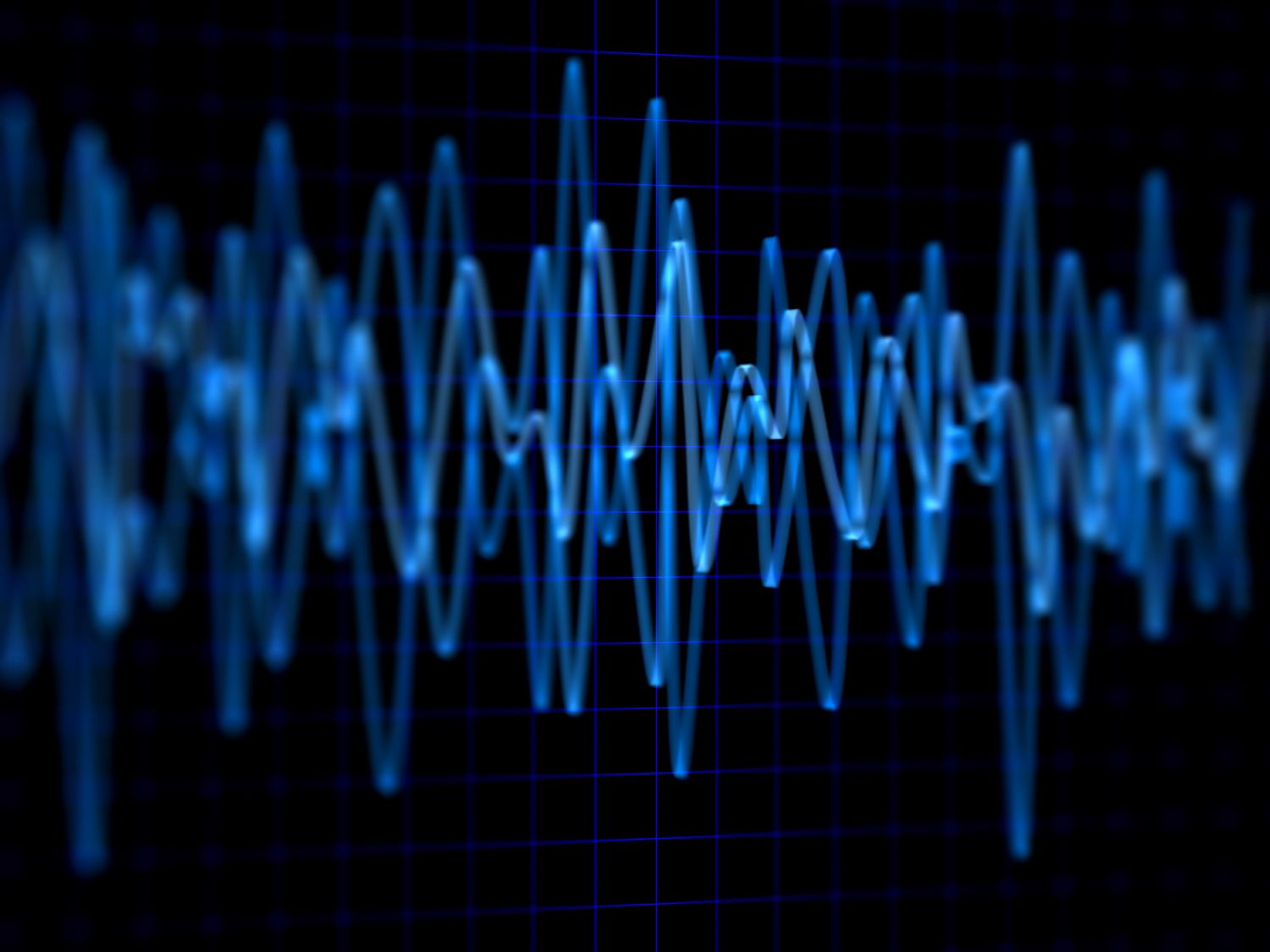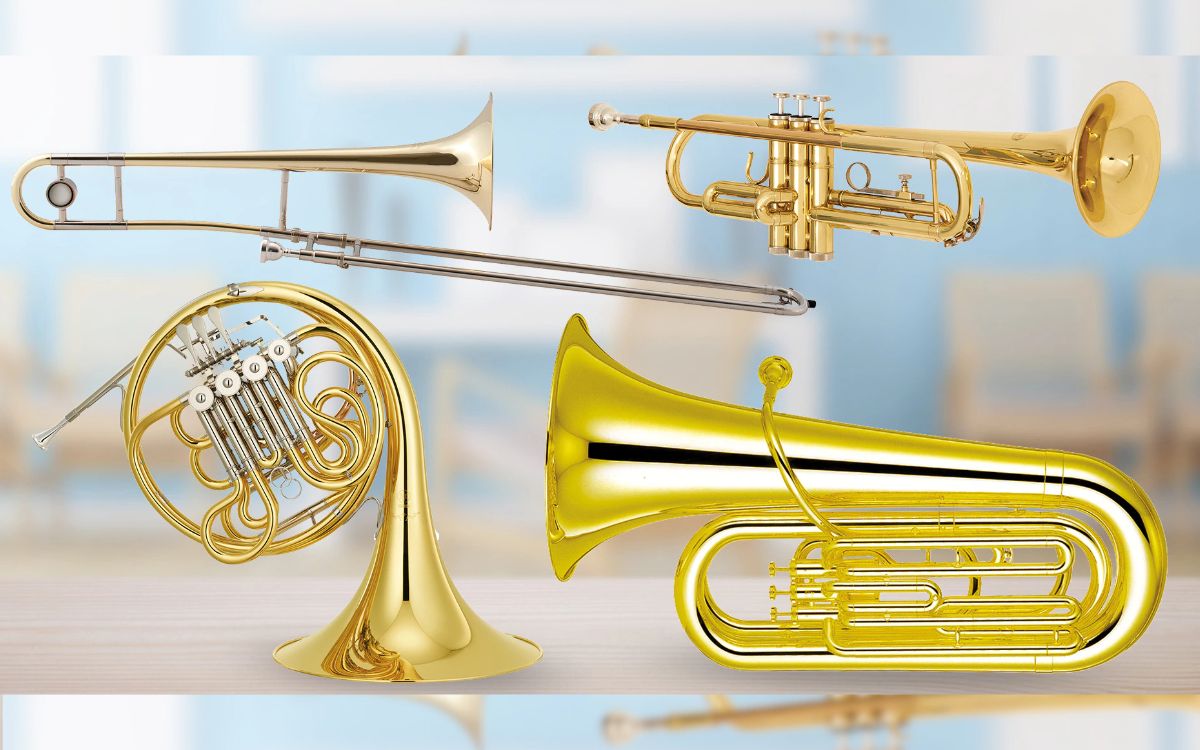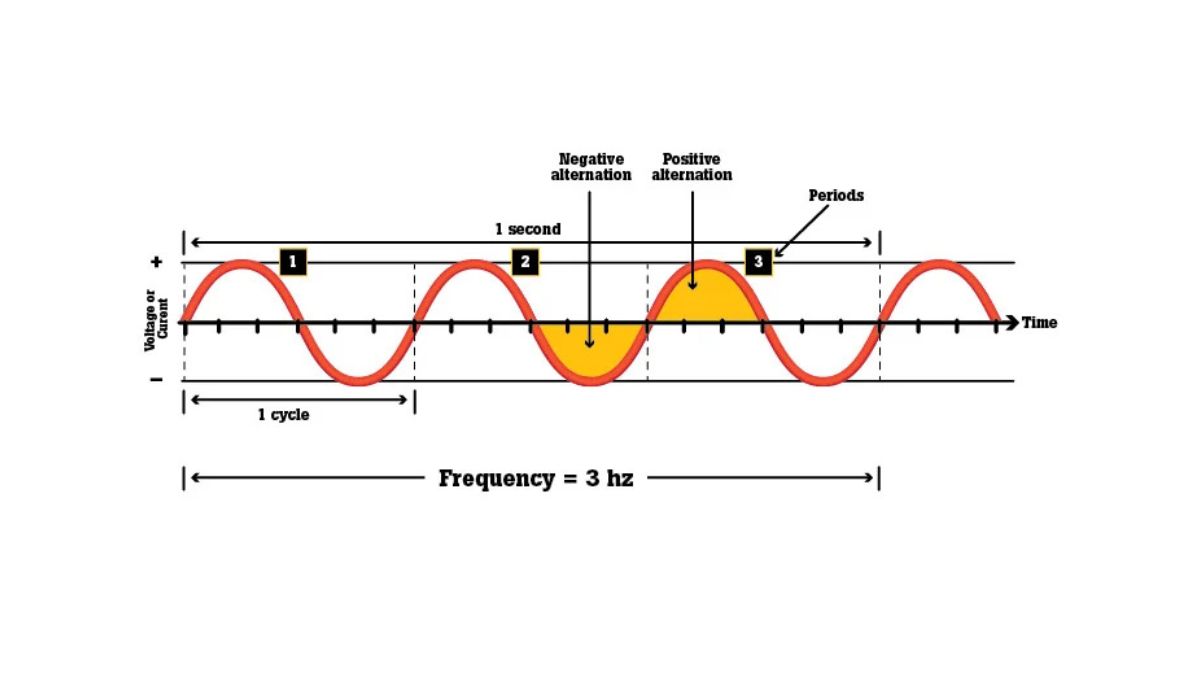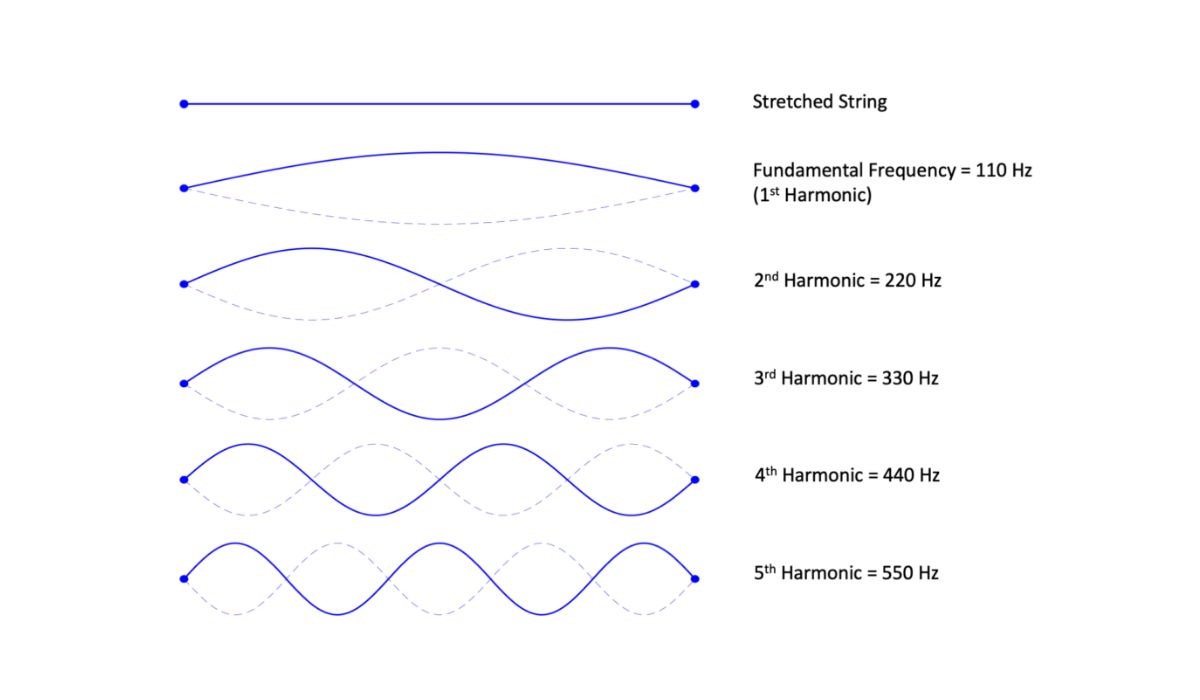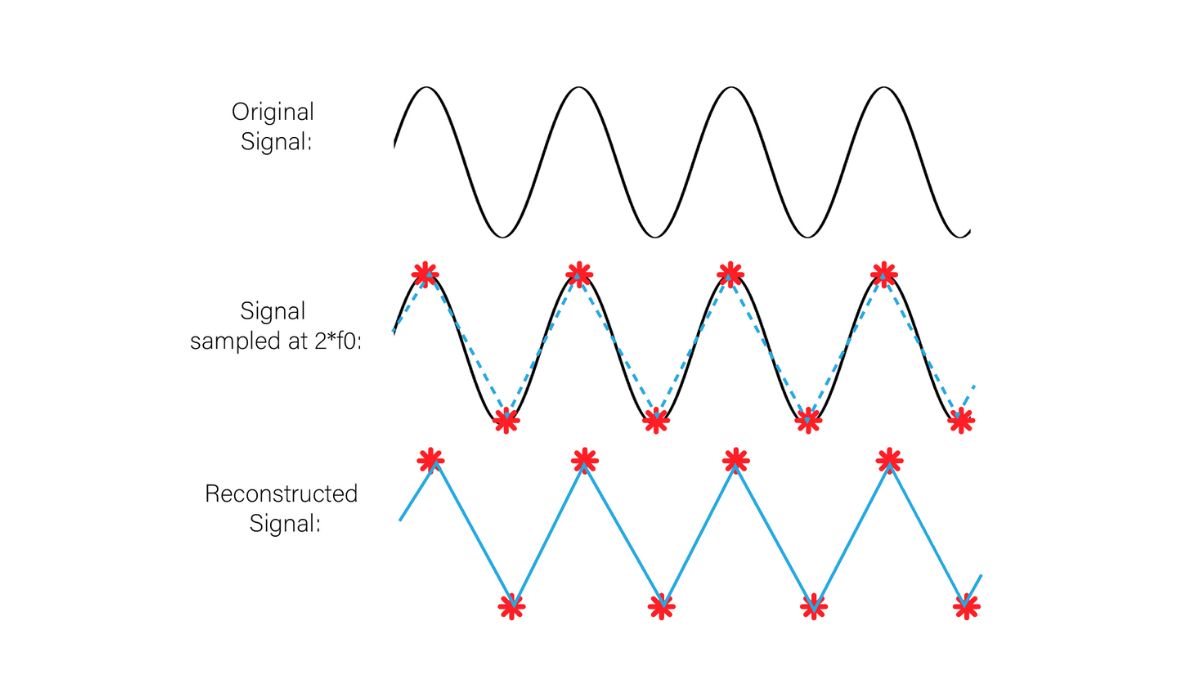Home>Events & Info>Frequency>What Is Low-Frequency Sound
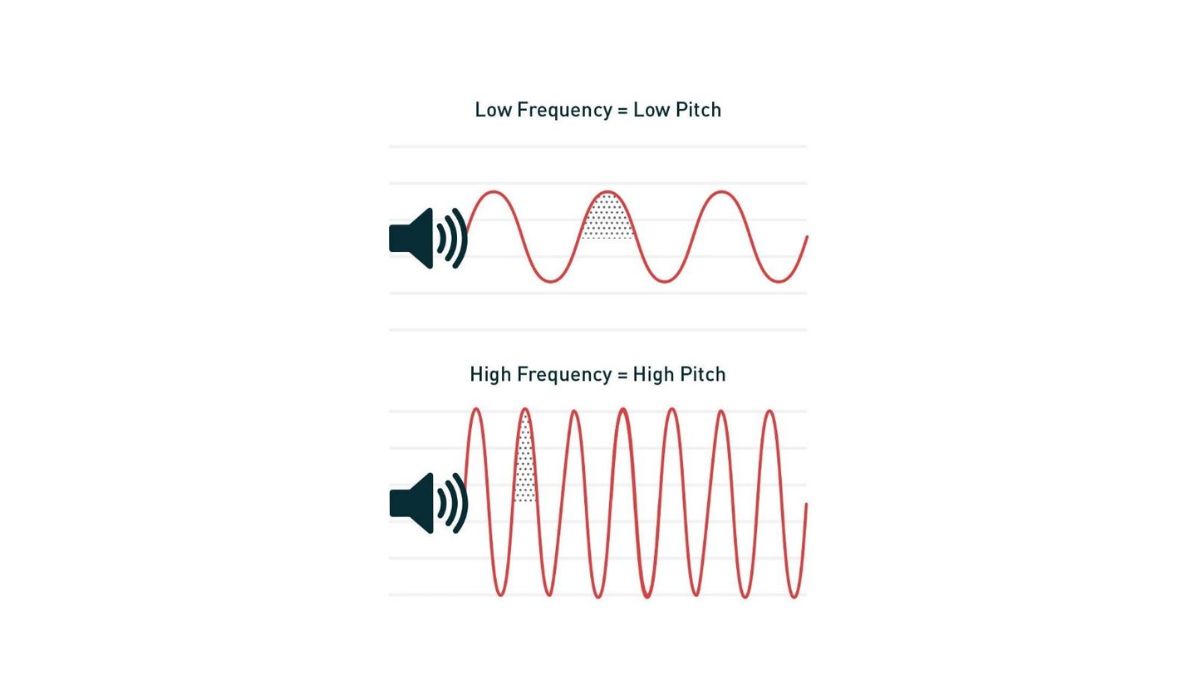

Frequency
What Is Low-Frequency Sound
Published: February 18, 2024
Discover the significance of low-frequency sound and its impact on your auditory experience. Learn about the properties and effects of different frequency levels. Explore the world of frequency and its role in sound perception.
(Many of the links in this article redirect to a specific reviewed product. Your purchase of these products through affiliate links helps to generate commission for AudioLover.com, at no extra cost. Learn more)
Table of Contents
Introduction
Low-frequency sound, often referred to as bass, plays a crucial role in our auditory experiences and the environment around us. While it may not always be as perceptible as higher frequencies, its impact is profound and far-reaching. In this article, we will delve into the realm of low-frequency sound, exploring its characteristics, effects, sources, and measurement. By gaining a deeper understanding of low-frequency sound, we can appreciate its significance in various aspects of our lives, from music and entertainment to science and engineering.
Low-frequency sound waves are characterized by their long wavelengths, which correspond to lower pitch and deeper tones. These waves are omnipresent, resonating through the air and various mediums, shaping the way we perceive sound and interact with our surroundings. Whether it's the rumbling of thunder, the pulsating beats of music, or the subtle hum of machinery, low-frequency sound enriches our sensory experiences and influences our emotional responses.
Throughout this article, we will uncover the diverse manifestations of low-frequency sound, from its effects on human physiology and psychology to its role in communication, navigation, and industrial processes. By shedding light on the sources and mechanisms of low-frequency sound, we aim to provide a comprehensive overview that highlights its significance in both natural and engineered environments.
Join us on this insightful journey into the realm of low-frequency sound, where we will unravel its mysteries, appreciate its nuances, and recognize its profound impact on our lives.
Understanding Low-Frequency Sound
Low-frequency sound, typically defined as sound with frequencies below 200 Hz, encompasses a broad spectrum of auditory sensations that profoundly shape our perception of the world. Unlike higher frequencies, which are more directional and attenuate rapidly over distance, low-frequency sound waves exhibit long wavelengths that can travel great distances and penetrate various materials. This unique characteristic allows low-frequency sound to permeate our environment in distinctive ways, influencing not only our auditory experiences but also our physical and emotional responses.
One of the defining features of low-frequency sound is its ability to evoke visceral sensations, often felt as much as heard. The deep rumble of a bass guitar or the reverberating thud of a distant explosion can elicit a palpable sense of resonance within our bodies, creating a connection between sound and physical presence. In addition to its visceral impact, low-frequency sound plays a pivotal role in shaping the mood and atmosphere of musical compositions, cinematic experiences, and live performances, adding depth and intensity to the sonic tapestry.
Moreover, low-frequency sound is integral to our spatial awareness and environmental perception. In natural settings, the low-frequency calls of animals and the distant roll of thunder contribute to our understanding of spatial orientation and atmospheric conditions. In urban environments, the persistent hum of machinery and the low-frequency vibrations from traffic shape our sensory landscape, influencing our sense of place and contributing to the ambient soundscape.
Understanding the unique characteristics and perceptual impact of low-frequency sound is essential for various fields, including acoustics, engineering, and entertainment. By unraveling the intricacies of low-frequency sound, researchers and practitioners can optimize the design of audio systems, mitigate the impact of environmental noise, and enhance the immersive qualities of sound reproduction.
As we delve deeper into the realm of low-frequency sound, we will uncover its multifaceted nature and explore its far-reaching implications in diverse domains, from music and communication to environmental monitoring and industrial applications.
The Effects of Low-Frequency Sound
Low-frequency sound exerts a profound influence on human physiology, psychology, and the environment, yielding a myriad of effects that resonate through our daily experiences. From the subtle vibrations that permeate our bodies to the atmospheric ambiance shaped by distant rumblings, the effects of low-frequency sound are diverse and far-reaching.
Physiologically, low-frequency sound can elicit tactile sensations, with vibrations being perceived not only through the ears but also through the body’s tactile receptors. This phenomenon, known as vibrotactile perception, can evoke a sense of physical presence and resonance, enriching the overall auditory experience. In some cases, prolonged exposure to intense low-frequency sound, such as that generated by industrial machinery or amplified music, can lead to physical discomfort and even adverse health effects, highlighting the importance of managing and mitigating excessive low-frequency noise.
Psychologically, low-frequency sound can evoke emotional responses and influence mood states. The deep, resonant tones of low-frequency sound are often associated with power, suspense, and intensity, making them indispensable in the realm of music, film, and immersive entertainment. Conversely, persistent low-frequency noise in urban and industrial settings can contribute to stress and annoyance, impacting the well-being of individuals and communities. Understanding the psychological effects of low-frequency sound is crucial for creating environments that promote comfort, productivity, and overall quality of life.
Environmentally, low-frequency sound can interact with natural and built landscapes, shaping the acoustic character of spaces and influencing the behavior of wildlife. From the communication calls of animals to the propagation of seismic waves through the earth, low-frequency sound plays a pivotal role in ecological systems and geological processes. In urban environments, the management of low-frequency noise is essential for preserving the acoustic integrity of natural habitats and minimizing the impact on wildlife populations.
By comprehensively examining the effects of low-frequency sound, we can gain a deeper appreciation for its multifaceted impact on human experiences, emotional well-being, and environmental harmony. Through informed practices and innovative solutions, we can harness the potential of low-frequency sound to enrich our lives while mitigating its adverse effects on individuals and ecosystems.
Sources of Low-Frequency Sound
Low-frequency sound emanates from a diverse array of natural and human-generated sources, each contributing to the rich tapestry of auditory experiences that shape our world. Whether arising from natural phenomena, industrial activities, transportation, or entertainment, the sources of low-frequency sound are ubiquitous and multifaceted, encompassing a broad spectrum of sonic manifestations.
Natural sources of low-frequency sound include geological processes, such as volcanic eruptions, earthquakes, and the shifting of tectonic plates. These events generate powerful low-frequency waves that can propagate over vast distances, influencing the acoustic landscape of entire regions and even continents. Additionally, the calls and vocalizations of certain animals, such as elephants and whales, produce low-frequency sounds that serve vital communication and navigational functions within their respective habitats.
Human activities contribute significantly to the production of low-frequency sound, often as a byproduct of industrial processes, transportation, and entertainment. Machinery and equipment in industrial settings, including heavy machinery, turbines, and compressors, emit low-frequency noise that can permeate surrounding areas, impacting both workers and nearby communities. Similarly, transportation systems, such as aircraft, trains, and large vehicles, generate low-frequency sound during operation, with effects extending beyond immediate transport corridors.
Entertainment and audio reproduction also serve as prominent sources of low-frequency sound, with subwoofers and bass-heavy audio systems producing visceral and immersive auditory experiences in music venues, cinemas, and home entertainment settings. The intentional manipulation and amplification of low-frequency sound in these contexts contribute to the emotional impact and sensory richness of artistic and entertainment productions.
Understanding the diverse sources of low-frequency sound is essential for managing and mitigating its impact on individuals, communities, and the environment. By identifying the origins and characteristics of low-frequency sound, we can develop targeted strategies to minimize excessive noise, optimize acoustic environments, and foster a harmonious coexistence between human activities and the natural world.
Measuring Low-Frequency Sound
Accurately measuring and characterizing low-frequency sound is essential for understanding its impact on human health, environmental quality, and overall acoustic environments. Given the unique properties of low-frequency sound waves, specialized techniques and instruments are employed to capture and analyze these elusive auditory phenomena.
One of the primary challenges in measuring low-frequency sound lies in the design and calibration of instrumentation capable of capturing the long wavelengths and low frequencies characteristic of bass and infrasound. Traditional sound level meters, calibrated to measure frequencies within the audible range, may not effectively capture the full spectrum of low-frequency sound. As such, specialized low-frequency microphones and sensors, designed to accurately capture infrasonic and low-frequency signals, are utilized to complement standard measurement devices.
When assessing the impact of low-frequency sound on human health and well-being, additional considerations come into play. Metrics such as the weighted decibel levels, which account for the varying sensitivity of the human ear to different frequencies, are employed to provide a more comprehensive assessment of the perceived loudness and potential effects of low-frequency noise. Furthermore, measurements of vibration and tactile perception are incorporated to evaluate the physical impact of low-frequency sound on individuals and structures.
In environmental and industrial settings, the measurement of low-frequency sound extends beyond simple decibel levels, encompassing the spatial distribution, temporal patterns, and frequency spectra of ambient noise. This comprehensive approach allows for the assessment of potential impacts on wildlife, the identification of dominant noise sources, and the development of targeted mitigation strategies to minimize the effects of low-frequency sound on ecosystems and communities.
Advancements in digital signal processing and acoustic analysis have facilitated the development of sophisticated measurement techniques for capturing and analyzing low-frequency sound. Real-time spectral analysis, frequency-weighted measurements, and spatial mapping of sound fields enable researchers and practitioners to gain a nuanced understanding of the complex interactions between low-frequency sound and the environments in which it manifests.
By employing specialized measurement techniques and comprehensive analytical approaches, we can effectively quantify and evaluate the presence of low-frequency sound, paving the way for informed decision-making, innovative solutions, and the preservation of acoustic quality in diverse settings.
Conclusion
Low-frequency sound, with its pervasive presence and profound impact, transcends mere auditory sensations, shaping our experiences, emotions, and interactions with the world around us. From the visceral vibrations that resonate within our bodies to the atmospheric ambiance crafted by distant rumblings, low-frequency sound weaves a rich tapestry of sensory stimuli that permeates natural and engineered environments alike.
Understanding the multifaceted nature of low-frequency sound is essential for fostering harmonious coexistence between human activities and the acoustic integrity of our surroundings. By recognizing the diverse sources, effects, and measurement techniques associated with low-frequency sound, we can develop targeted strategies to mitigate excessive noise, optimize acoustic environments, and enhance the well-being of individuals and ecosystems.
Furthermore, the appreciation of low-frequency sound’s role in artistic expression, entertainment, and communication enriches our cultural experiences and fosters a deeper connection with the sensory dimensions of our shared human experience. Whether it’s the thunderous crescendo of a live concert, the immersive rumble of a cinematic masterpiece, or the subtle hum of natural phenomena, low-frequency sound serves as a conduit for emotional resonance and spatial awareness, transcending the boundaries of language and culture.
As we continue to unravel the mysteries of low-frequency sound and its far-reaching implications, we embark on a journey of discovery, innovation, and stewardship. By harnessing the potential of low-frequency sound to enrich our lives while mitigating its adverse effects, we can cultivate environments that resonate with comfort, creativity, and acoustic harmony.
Join us in embracing the profound significance of low-frequency sound, where every rumble, pulse, and resonance contributes to the symphony of our sensory experiences and the preservation of our acoustic heritage.

